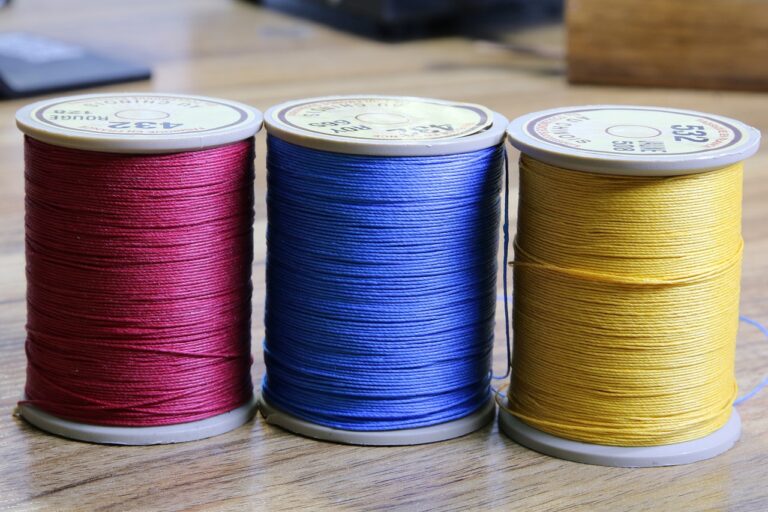Fashion and Sustainable Fashion Exhibitions: Showcasing Eco-Friendly Fashion Designs
The fashion industry’s impact on the environment is undeniable, with its production processes contributing to pollution, waste, and resource depletion. To address these issues, eco-friendly fashion is gaining traction as a sustainable alternative. By embracing practices that prioritize environmental responsibility, such as utilizing organic and recycled materials, reducing water and energy consumption, and adopting ethical production methods, brands can significantly reduce their environmental footprint.
Consumers are becoming increasingly conscious of the environmental consequences of their fashion choices, driving the demand for eco-friendly options. From clothing made from sustainable fabrics like organic cotton and bamboo to accessories crafted from upcycled materials, there is a growing array of eco-friendly fashion choices available. By supporting brands that prioritize sustainability and transparency in their supply chain, individuals can make a positive impact on the environment while still expressing their personal style.
Innovative Materials in Sustainable Fashion Exhibitions
In recent years, sustainable fashion exhibitions have been showcasing innovative materials that are changing the landscape of the fashion industry. From bio-based textiles made from mushroom mycelium to upcycled fabrics created from plastic bottles, designers are embracing the use of eco-friendly materials to reduce their environmental impact.
These innovative materials not only offer a solution to the growing problem of textile waste but also push the boundaries of creativity in fashion design. By incorporating materials such as pineapple leaf fiber and recycled denim into their collections, designers are not only creating beautiful and unique pieces but also promoting a more sustainable future for the fashion industry.
Designing for a Sustainable Future in Fashion
In the quest for sustainable fashion, designers are constantly seeking innovative ways to reduce the industry’s environmental footprint. From sourcing organic and recycled materials to implementing zero-waste production techniques, the focus is on creating garments that are both stylish and eco-friendly. By embracing eco-conscious design practices, fashion can move towards a more sustainable future where style meets sustainability seamlessly.
Moreover, considering the entire lifecycle of a garment, including its production, use, and disposal, is crucial for designing sustainably. This holistic approach prompts designers to explore concepts like durability, recyclability, and biodegradability in their creations. By prioritizing transparency and ethical practices in every step of the fashion supply chain, designers can pave the way for a more environmentally responsible industry that prioritizes the planet’s well-being.
Embracing eco-conscious design practices
Sourcing organic and recycled materials
Implementing zero-waste production techniques
In addition to these efforts, designers are also focusing on creating garments that have a longer lifespan and can be easily recycled or biodegraded at the end of their use. By designing for durability and recyclability, fashion brands can reduce the amount of waste generated by the industry and minimize their impact on the environment. This shift towards more sustainable practices not only benefits the planet but also resonates with consumers who are increasingly looking for ethical and environmentally friendly options in their wardrobes.
Designing for durability
Creating garments that can be easily recycled or biodegraded
Reducing waste generated by the fashion industry
As consumer awareness about sustainability grows, there is a rising demand for transparency in the fashion supply chain. Designers who prioritize ethical practices and fair labor conditions are gaining recognition from conscientious consumers who want to support brands that align with their values. By championing transparency and accountability, designers can build trust with customers while driving positive change within the industry towards a more sustainable future.
Prioritizing transparency in the fashion supply chain
Upholding ethical practices and fair labor conditions
Building trust with conscientious consumers through accountability
What is eco-friendly fashion?
Eco-friendly fashion refers to clothing and accessories that are produced in a way that has minimal negative impact on the environment. This can include using sustainable materials, reducing waste, and implementing ethical manufacturing practices.
How can fashion designers reduce their environmental impact?
Fashion designers can reduce their environmental impact by using sustainable materials such as organic cotton, hemp, or recycled fabrics. They can also design clothing that is made to last, rather than following fast fashion trends that encourage excessive consumption.
What are some innovative materials being used in sustainable fashion?
Some innovative materials being used in sustainable fashion include Tencel, a fabric made from wood pulp that is biodegradable and produced in a closed-loop process. Other examples include Pix, a leather alternative made from pineapple leaves, and Econyl, a regenerated nylon made from recycled plastic waste.
How can consumers support sustainable fashion?
Consumers can support sustainable fashion by choosing to buy from brands that prioritize environmental and ethical practices. They can also educate themselves on the impact of their clothing choices and opt for quality, long-lasting pieces over fast fashion trends.







